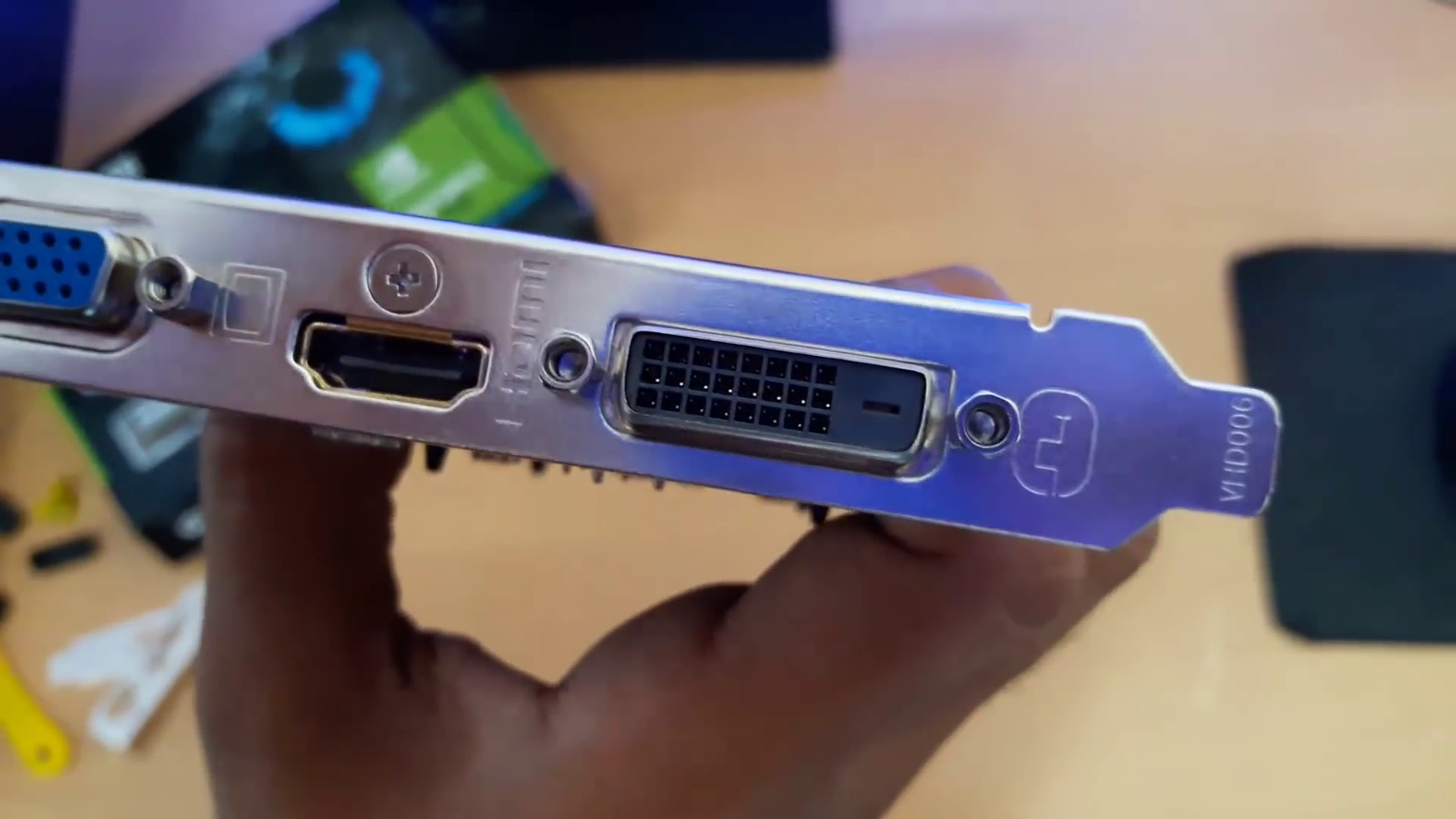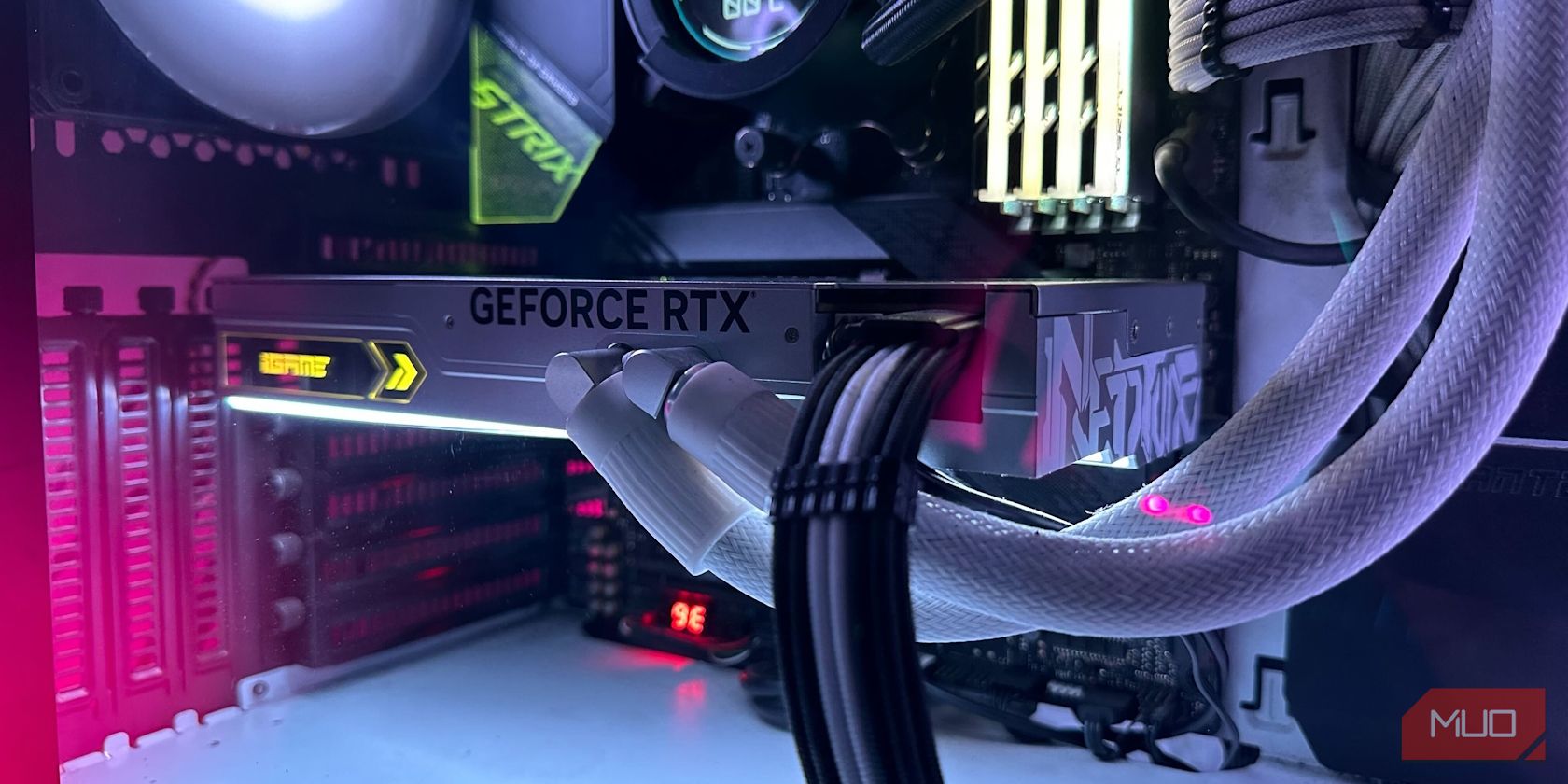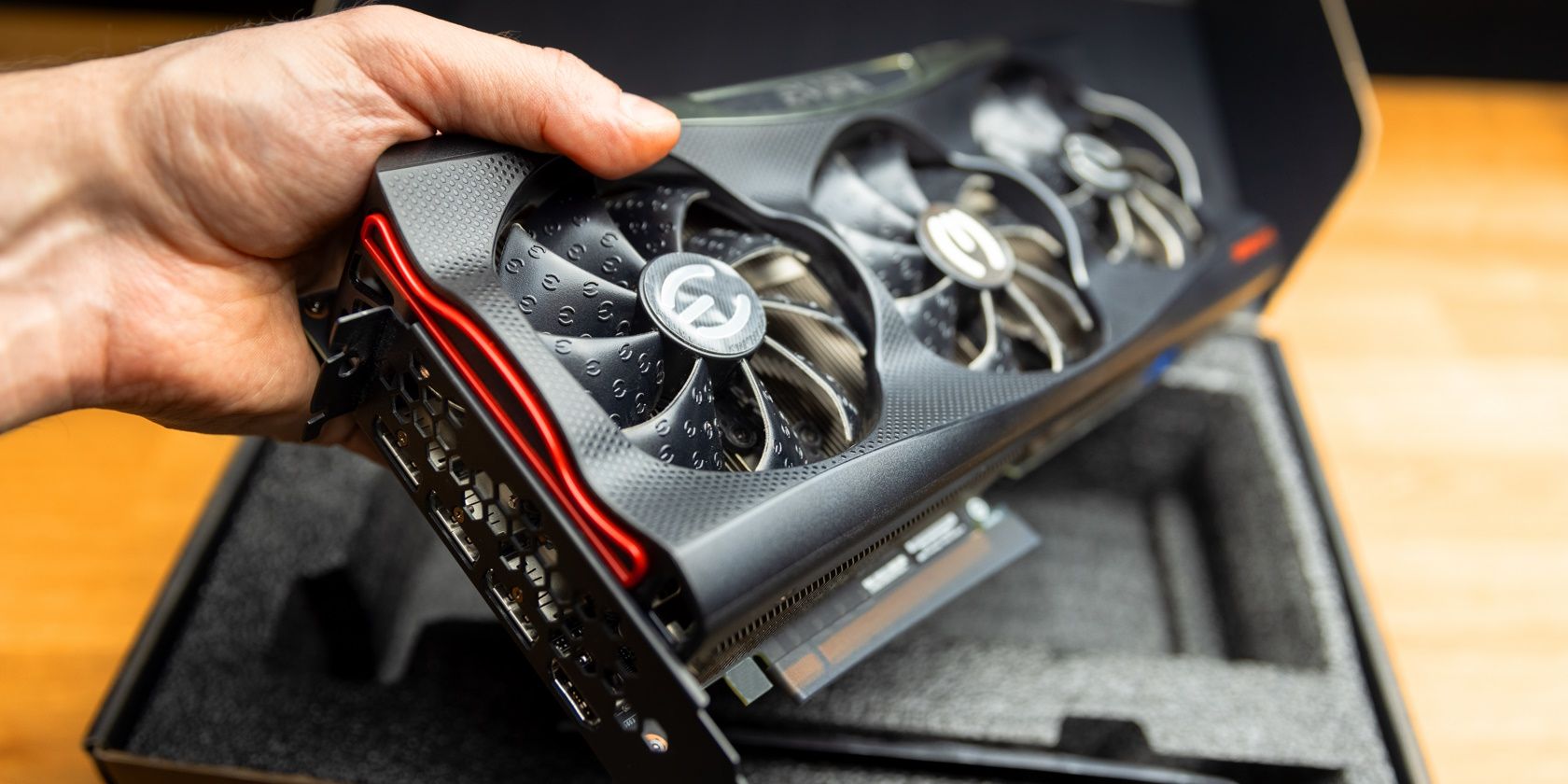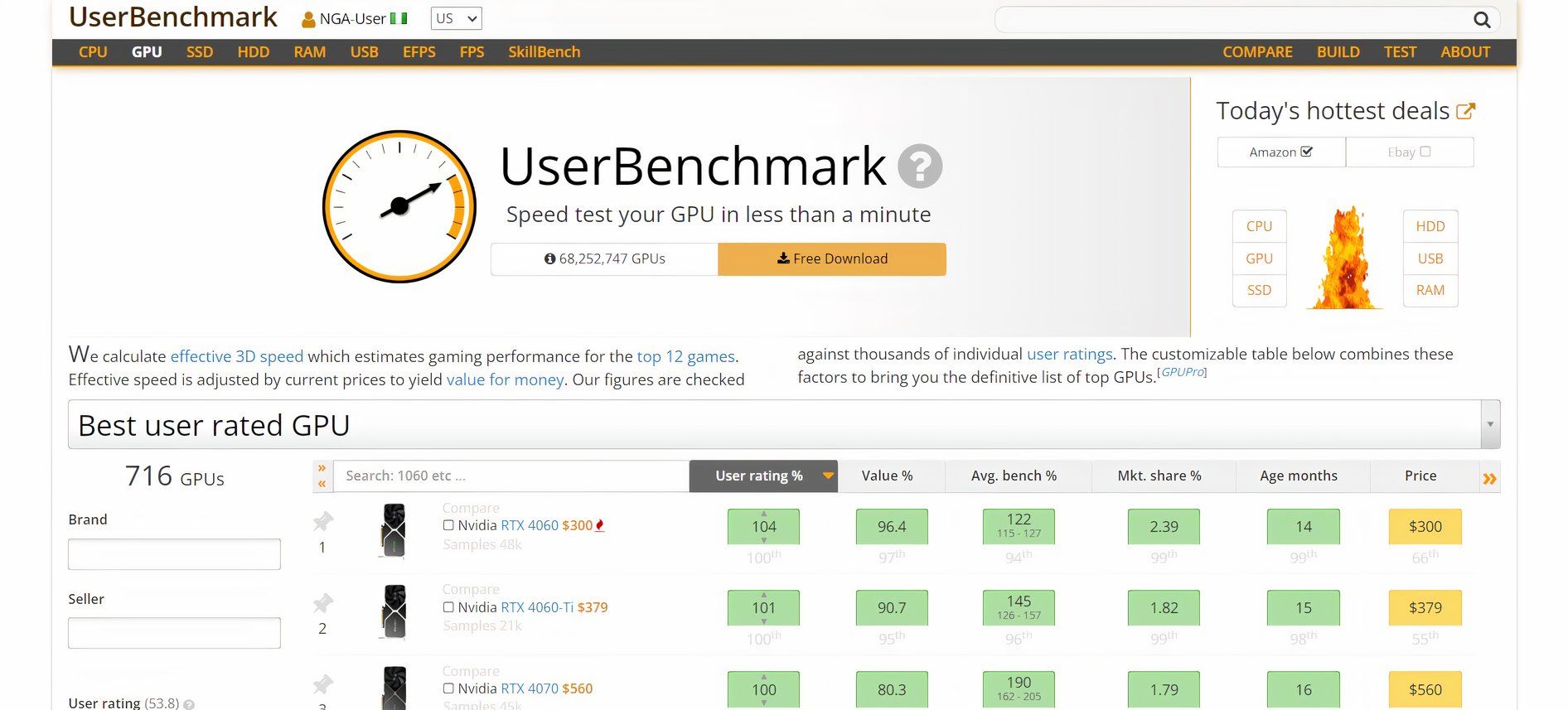Quick Links
Upgrading your GPU feels like a big decision—because it is. But before you splurge, make sure you’re checking the right specs. Trust me, a little research can save you from big headaches later. Here’s what I always look out for.
1 VRAM (Video RAM)
Think of VRAM as the GPU’s short-term memory; it’s where all the textures, models, and shaders go while your game or application runs. More VRAM means your GPU can handle more complex scenes without breaking a sweat.
If you’re gaming at 1080p, 6GB of VRAM might be enough, but for 4K or heavy-duty tasks like video editing, you’re looking at 8GB or even 12GB. I like to future-proof my setup, so I usually opt for more VRAM than I think I’ll need—it’s better to have it and not need it than the other way around.
2 Connectivity and Ports
The last thing you want after unboxing your new GPU is to realize it doesn’t have the ports you need. I always double-check the connectivity options. Does it have enough HDMI or DisplayPort outputs for my monitors? Is there a USB-C port? Consider the version of HDMI or DisplayPort as well. Newer versions support higher resolutions and refresh rates, which is especially important for 4K or ultra-wide displays.
3 Cooling Solutions
GPUs can run hot, and how they manage that heat can impact performance and longevity. There are different cooling solutions, from simple single-fan designs to more advanced liquid cooling systems. I always look for a balance—something that keeps the GPU cool without sounding like a jet engine. It’s also worth considering the cooling needs of your entire system. If your case has poor airflow, even the best GPU cooler might struggle.
4 Power Consumption
The power needs of a GPU can vary wildly. Before buying, I make sure my PSU (Power Supply Unit) can handle the new card. You don’t want to fry your system by underestimating this. Check the wattage requirements and the recommended PSU wattage. I also take a peek at how many power connectors the GPU needs—if it requires more than my PSU can offer, I might need to upgrade that too, and that’s an added cost.
But power consumption isn’t just about ensuring your PSU can handle it—it’s also about efficiency. A GPU that consumes a lot of power will generate more heat, which not only impacts cooling but can also increase your energy bill. Over the long term, the cost of running a power-hungry GPU can add up, especially if you’re running it for long hours each day.
5 Physical Dimensions
Size matters, especially when fitting a new GPU into your existing case. GPUs come in different sizes—some are beefy triple-slot monsters, while others are more compact. I always measure the available space in my case before deciding on a card. Don’t forget to account for things like cable management and airflow. A card that fits snugly but blocks airflow isn’t ideal, as it could lead to overheating and reduced performance.
It’s also important to consider the weight of the GPU. Some high-end cards are heavy enough to cause sagging, which can damage your motherboard over time.
6 Performance in Benchmarks
When it comes to performance, benchmarks are a great way to see how the GPU holds up in real-world scenarios. I look up benchmarks from trusted sources to understand how the GPU performs in the games or applications I use. Comparing these benchmarks with other GPUs in a similar price range helps me gauge whether the performance justifies the cost. I also read reviews that discuss how the GPU performs over time and in various conditions.
Choosing a GPU doesn’t have to feel like a daunting task. Focusing on these specs will help you confidently navigate the options and zero in on the perfect card for your setup. These checks will steer you in the right direction and ensure your next GPU is a choice you’ll be excited about every time you power your PC.





